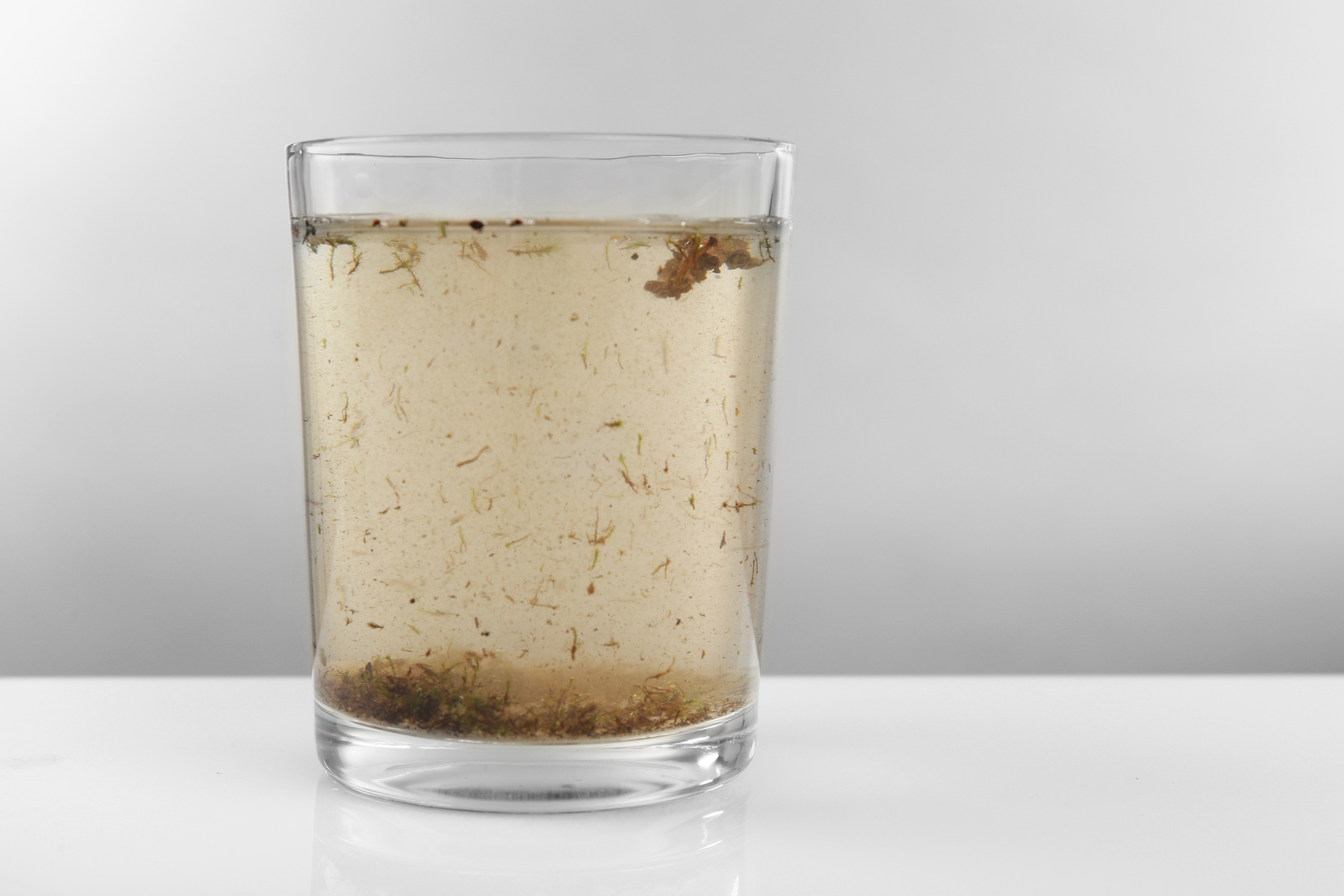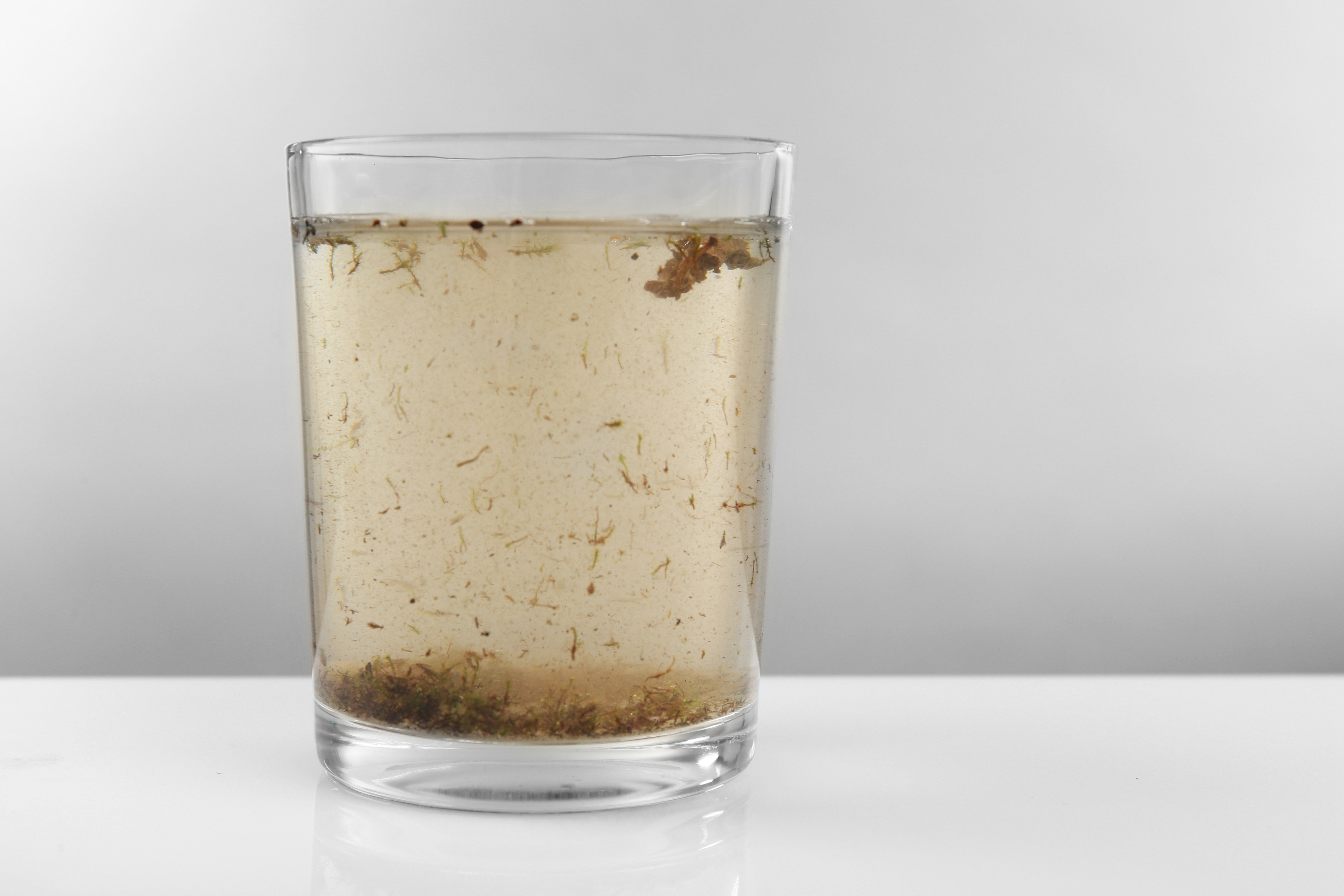
You may or may not know this, but chlorine is a very useful weapon in the war on waterborne bacteria – not to mention a host of other microbes – which are often found lurking with intent in your water storage system. Or those systems facilitated by the public at large, including schools, hospitals, offices and factories. And this is primarily due to chlorine’s toxicity being such that many different types of bacteria don’t stand a chance when it comes into contact. Which goes a long way to explain just why chlorination practices are routinely deployed, so as to nip waterborne diseases in the bud before they can wreak potential havoc.
In some parts of the world, chlorination is used to fight the threat of cholera, dysentery and typhoid, whereas closer to home, the introduction and subsequent timely application of chlorination protocol and procedure is facilitated to keep the risk of unwanted guests such as E.coli and Legionnaires’ disease at arm’s length. That being said, how and indeed, when, do you know that the time (or situation) is prudent to consider adopting chlorination principles with a view to your own particular water storage system? Well, the answer to these questions can be found beneath, and illustrates just why we’ve compiled this blog in the first place. To afford you the low-down on the when, where, why, which, how, when and what, in this FAQ-style post on the topic of water system chlorination.
Numerically-speaking, the following are 5 key signs which should sound alarm bells and highlight the need for a chlorination of your water storage system before you go any further. However, before we address the nitty-gritty, let’s remind ourselves of what precisely the chlorination of a water storage system comprises of. Coming into being in the early part of the 20th Century, water treatment by chlorination was seen at its advent as something akin to alchemy; and acted as the catalyst for ushering in a technological revolution in terms of broader approaches to water hygiene, yet at the same time working in tandem with established filtration processes.
So, what does the actual chlorination process take the physical form of?
In its simplest form and function, it involves chlorine being added to an existing water supply at a both a predetermined strength and duration at which contact is recommended; with the ultimate objective being disinfection of a storage system. With an impressive rate of measurable success in eradicating potentially harmful pathogenic microorganisms (such as legionella bacteria) from water, pipework and storage tanks which serve a multi-faceted system, chlorination is acknowledged as a cost-effective means to an end in this instance.
The mechanics of the process typically incorporate the draining of a cold water storage tank, via submersible pumps, while internal surfaces are decontaminated courtesy of a combination of deep-cleansing and aqua vacuumed dry. Thereafter water is then reintroduced to the tank, complete with the necessary volume of sodium hypochlorite to achieve 50 ppm of chlorine, before being left to stand for approximately an hour. Water is subsequently drawn through to the entire systems hot and cold water outlets throughout a property, followed by the performing of another chlorine strength test to determine that the target 50 ppm is being upheld. As a final part of the thorough process, the tank is then drained and fresh mains-sourced water is then fed into the system.
Of course, not all systems are the same, and therefore a number of alternative solutions are provided by water treatment specialists, tasked with the chlorination duties.
Now we can take a summarised look at the 5 scenarios which should ALWAYS pre-empt a system chlorination being rubber-stamped from the outset.
- Should Legionella Bacteria be Discovered in Water System – Perhaps an obvious starting point, but worth flagging nevertheless. Arguably THE most important reason to seek an instant chlorination, so as to eradicate the latent threat then and there.
- In the event that any other types of bacterial traces of contaminant are identified during a routine or extraordinary legionella risk assessment – We’re referring to the likes of the usual coliforms subjects (such as total and faecal, both of which are originally derived from either human or animal waste which has compromised an internal water source) and the abovementioned presence of E.coli, for example.
- If/When New Pipework Has Been Connected to a Mains Water Supply – With such a scenario playing out, it’s imperative that the entire water system is flushed out and chlorinated, prior to being made safe for human use/consumption. Failure to adhere to this could result in the end user’s health being put at risk.
- Should Infrequent Use (or Dormancy) of a Water System Have Been Recognised – There’s a likelihood that if a water storage system hasn’t been regularly flushed through courtesy of routine use by members of the public, then sediment might have had the chance to build within the system, which in turn could lead to contamination. What’s more, unwitnessed fluctuations in held water temperatures could instigate presence of legionella bacteria.
- Any new build properties or renovated buildings - If an Existing Building Has Been Subject to Renovation or Is Recognized as a New Build – In light of these situations, water storage and sources may have been compromised and gone largely unseen during transient passages of time, meaning that contamination could have taken place. Ergo a full system flush-out and timely introduction of chlorination process would be strongly advised.







